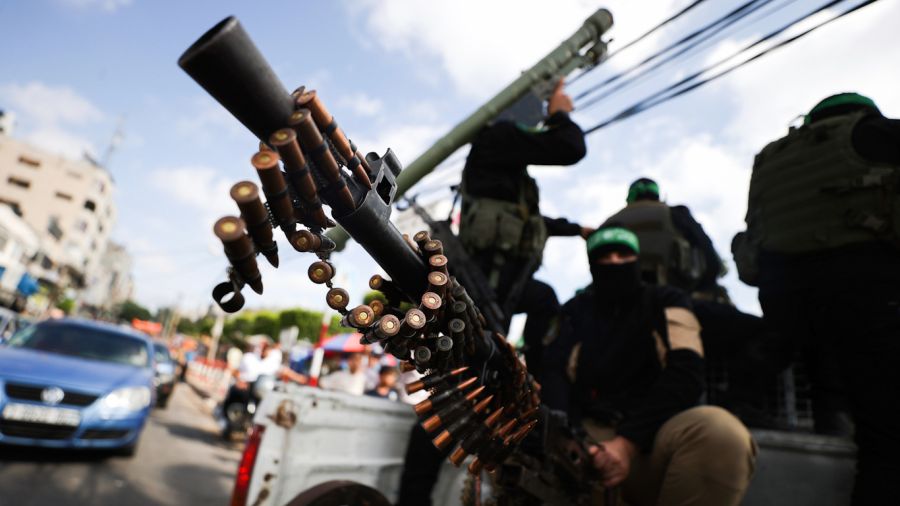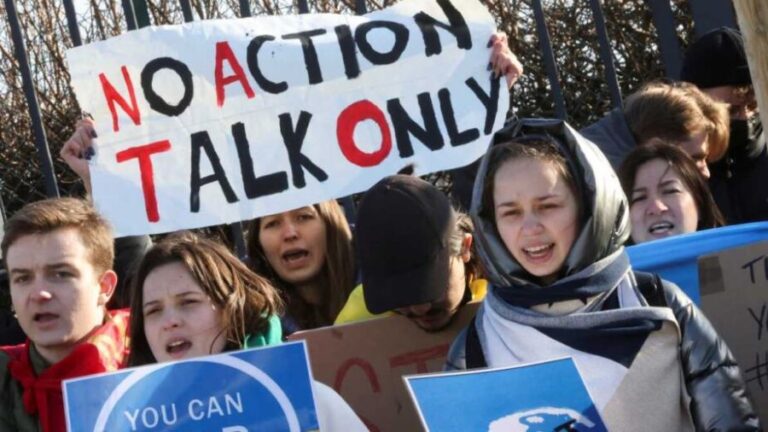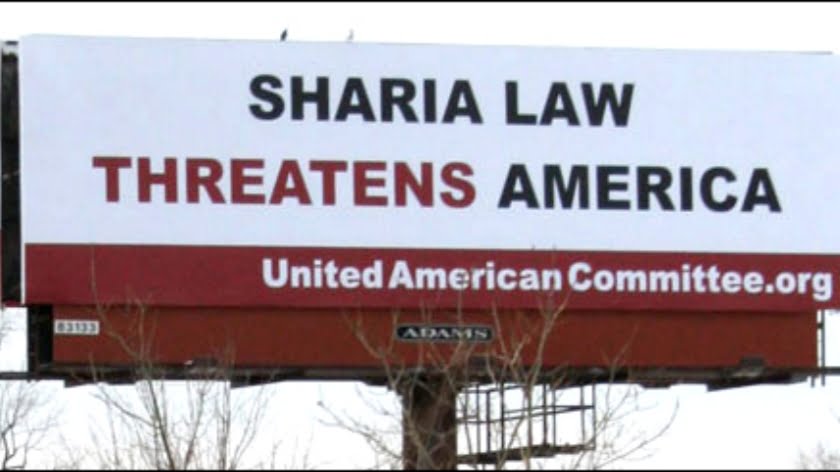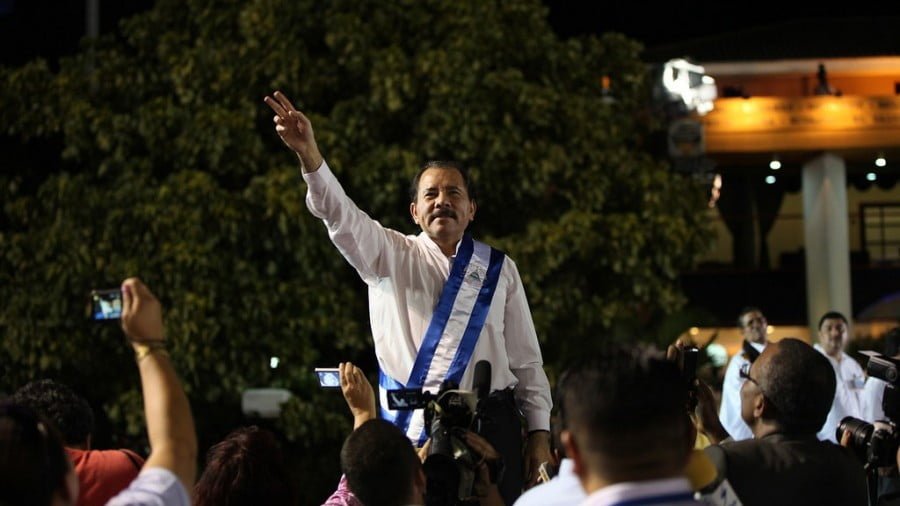The Armed Revolt: Why Israel Cannot Crush the Resistance in Palestine
Numbers can be dehumanizing. However, when placed in their proper context, they help to illuminate wider issues and answer urgent questions, such as why occupied Palestine is at the threshold of a major revolt. And why Israel cannot crush Palestinian resistance no matter how hard or violently it tries.
That’s when numbers become relevant. Since the start of this year, nearly 200 Palestinians have been killed in the Occupied West Bank and Gaza. Among them are 27 children.
If one is to imagine a heat map correlating the towns, villages and refugee camps of the Palestinian victims to the ongoing armed rebellion, one will immediately spot direct connections. Gaza, Jenin and Nablus, for example, paid the heaviest price for Israeli violence, making them the regions that resist most.
Unsurprisingly, Palestinian refugees have historically been at the forefront of the Palestinian liberation movement, turning refugee camps such as Jenin, Balata, Aqabat Jabr, Jabaliya, Nuseirat and others into hot spots of popular and armed resistance. The harder Israel attempts to crush Palestinian resistance, the greater the Palestinian reaction is.
Take Jenin as an example. The rebellious refugee camp has never ceased its resistance to the Israeli occupation since the famous battle and subsequent Israeli massacre of April 2002. The resistance continued there in all of its forms, despite the fact that many of the fighters who defended the camp against the Israeli invasion of the Second Palestinian Uprising, or Intifada, were killed or imprisoned.
Now that a new generation has taken over, Israel is at it again. Military incursions of Jenin by Israel have become a routine, resulting in a mounting number of casualties, though at a price for Israel itself.
The most notable and violent of these incursions was on January 26, when the Israeli army invaded the camp, killed ten Palestinians and wounded over twenty others.
More Palestinians continue to be killed as Israeli raids become more frequent. And the more recurrent the raids, the tougher the resistance, which has swelled beyond the confines of Jenin itself to nearby illegal Jewish settlements, military checkpoints and so on. It is common knowledge that many of the Palestinians who Israel accuses of carrying out operations against its soldiers and settlers come from Jenin.
Israelis may want to think of their violence in Palestine as self-defense. But that is simply inaccurate. A military occupier, whether in Palestine – or anywhere else, for that matter – cannot, by strict legal definition, be in a state of self-defense. The latter concept only applies to sovereign nations that attempt to defend against threats at or within their internationally recognized borders.
Not only is Israel defined by the international community and law as an ‘Occupying Power’, but it is also legally obligated to “ensure that the civilian population is protected against all acts of violence,” as a statement by the Secretary-General of the United Nations stated on June 20.
The statement was a reference to the killing of eight Palestinians in Jenin, a day earlier. The victims included two children, Sadil Ghassan Turkman, 14, and Ahmed Saqr, 15. Needless to say, Israel is not invested in the ‘protection’ of these and other Palestinian children. It is the entity that is doing the harm.
But since the UN and others within the international community are content with the issuing of statements – ‘reminding Israel’ of its responsibility, expressing ‘deep concerns’ about the situation or, in the case of Washington, even blaming Palestinians – what other options do Palestinians have, but to resist?
The rise of the Lions’ Den, the Jenin Brigades, the Nablus Brigades, and many other such groups and brigades, made mostly of poor and poorly armed Palestinian refugees, is hardly a mystery. One fights when one is oppressed, humiliated, and routinely violated. This role has governed human relations and conflicts since the very beginning.
But the rise of the Palestinians must be distressing for those who want to maintain the status quo. One is the Palestinian Authority.
The PA stands to lose much if the Palestinian revolt spreads beyond the boundaries of the northern West Bank. PA President Mahmoud Abbas, who enjoys little legitimacy, will have no political role to play. Without such a role, however artificial, foreign funds will quickly dry, and the party will be over.
For Israel, the stakes are also high.
The Israeli military, under the leadership of Netanyahu’s enemy, Defense Minister Yoav Gallant, wants to escalate the fight against Palestinians without repeating the full-scale cities invasion of 2002. But the internal intelligence agency, the Shin Bet, is becoming keener on a full-scale crackdown.
Far-right Minister of Finance Bezalel Smotrich wants to exploit the violence as a pretense to expand illegal settlements. Another far-right politician, National Security Minister Itamar Ben Gvir, is searching for a civil war, led by the most violent of Jewish settlers, the very core of his political constituency.
Israeli Prime Minister Benjamin Netanyahu, who is struggling with his own political and legal woes, is trying to give everyone a little of what they want, but all at once. The paradoxes are a recipe for chaos.
This has resulted in Gallant’s reactivation of aerial assassinations of Palestinian activists for the first time since the Second Intifada. The first such strikes took place in the Jalameh region near Jenin on June 21
Meanwhile, the Shin Bet is expanding its list of targets. More assassinations are surely to follow.
Concurrently, Smotrich is already planning a massive expansion of illegal settlements. And Ben Gvir is dispatching hordes of settlers to carry out pogroms in peaceful Palestinian villages. The inferno of Huwwara on February 26 was repeated in Turmus’ayya on June 21.
Though the US and its Western partners may continue to refrain from intervening in supposed ‘internal Israeli affairs’, they should carefully consider what is taking place in Palestine. This is not business as usual.
The next Intifada in Palestine will be armed, non-factional, and popular, with consequences that are too difficult to gauge.
Though for Palestinians, an uprising is a cry against injustice in all its forms, for the likes of Smotrich and Ben Gvir, violence is a strategy towards settlement expansion, ethnic cleansing, and civil war. Considering the pogroms of Huwwara and Turmus’ayya, the civil war has already begun.
Feature photo | Hamas fighters attend a military exhibition under the name “Resistance, a picture and a souvenir”, on the third day of Eid al-Adha holiday, at the Unknown Soldier Park in the centre of Gaza City. Ahmed Zakot | Sipa via AP Images







